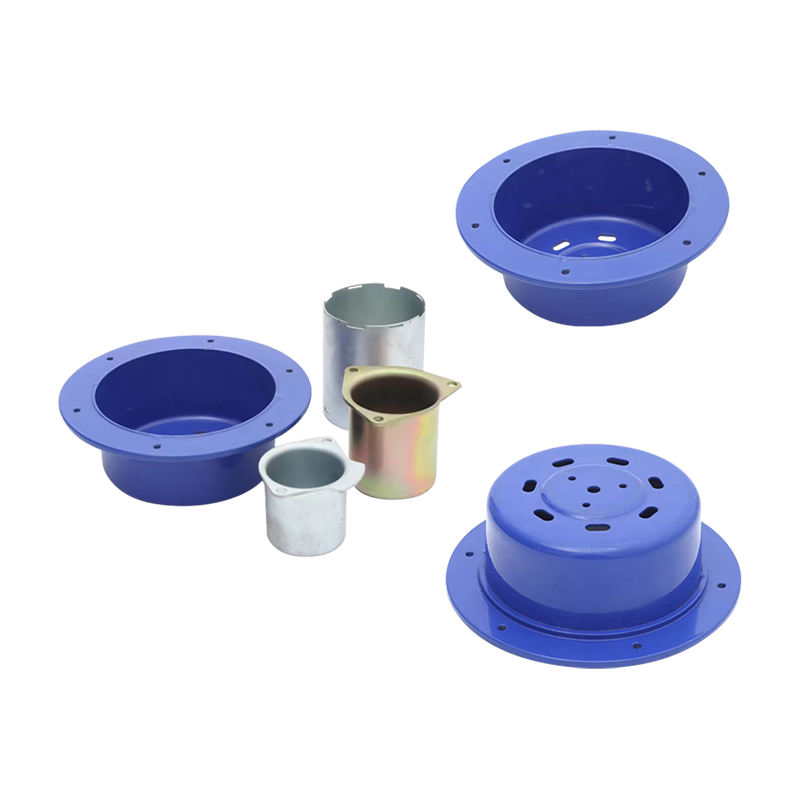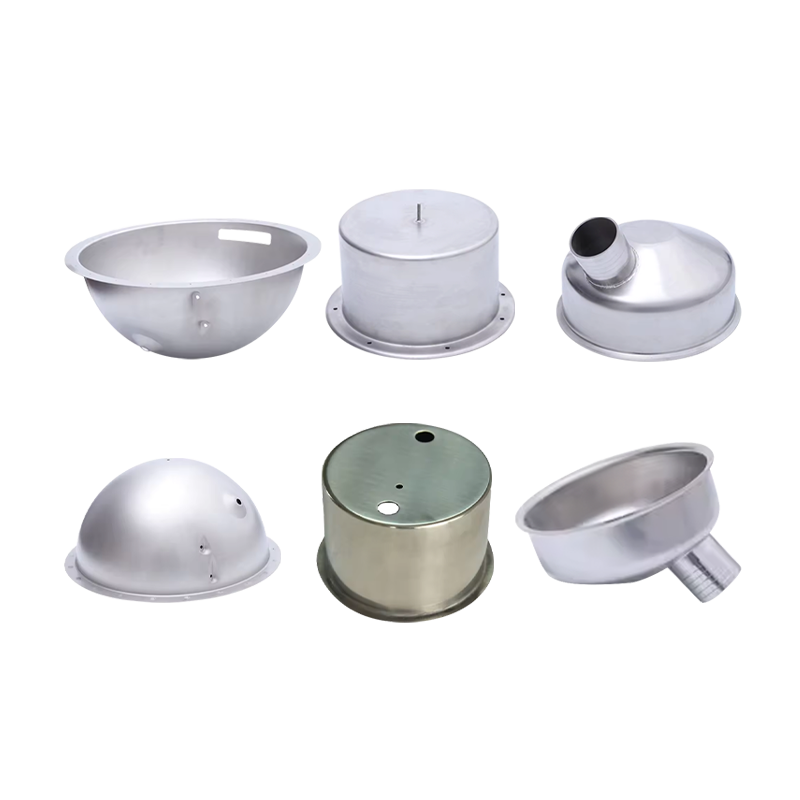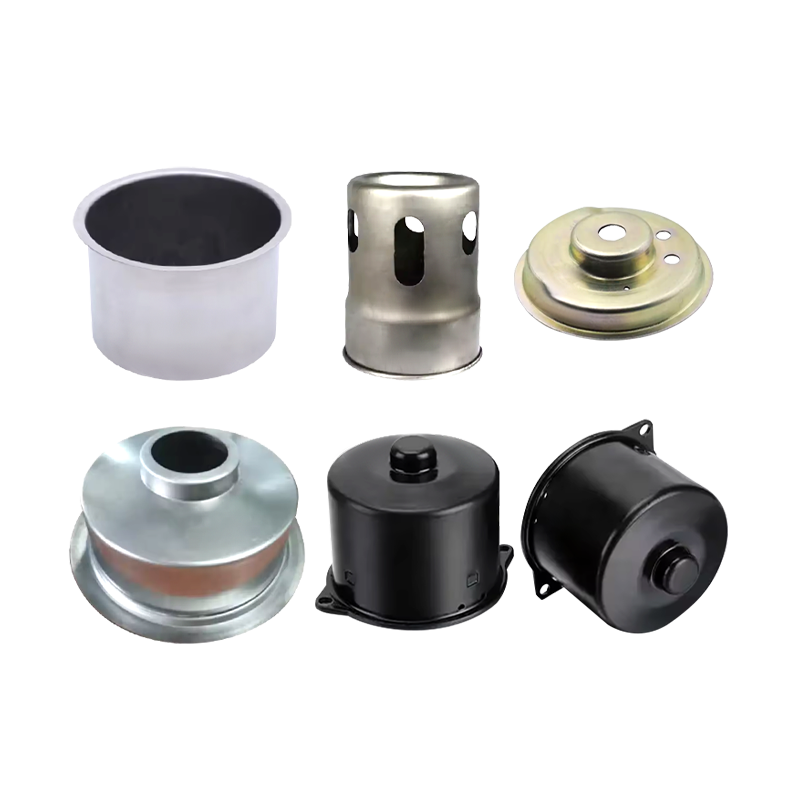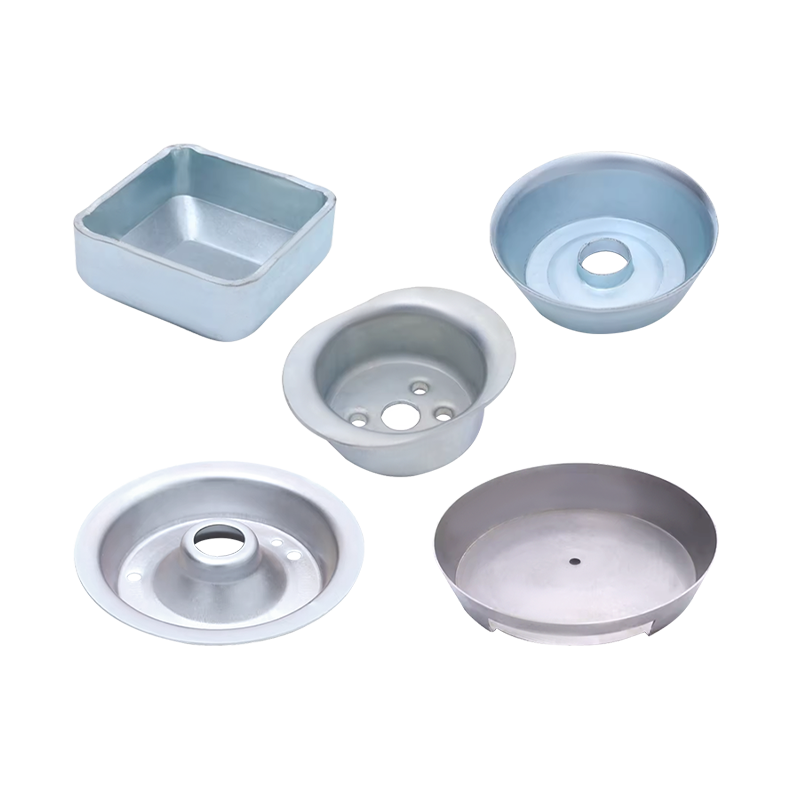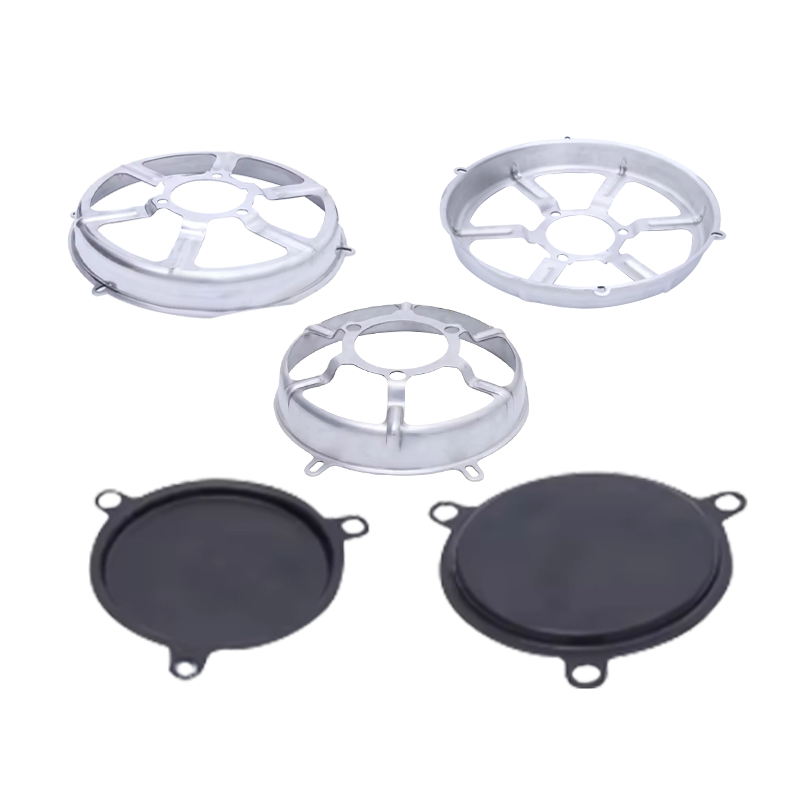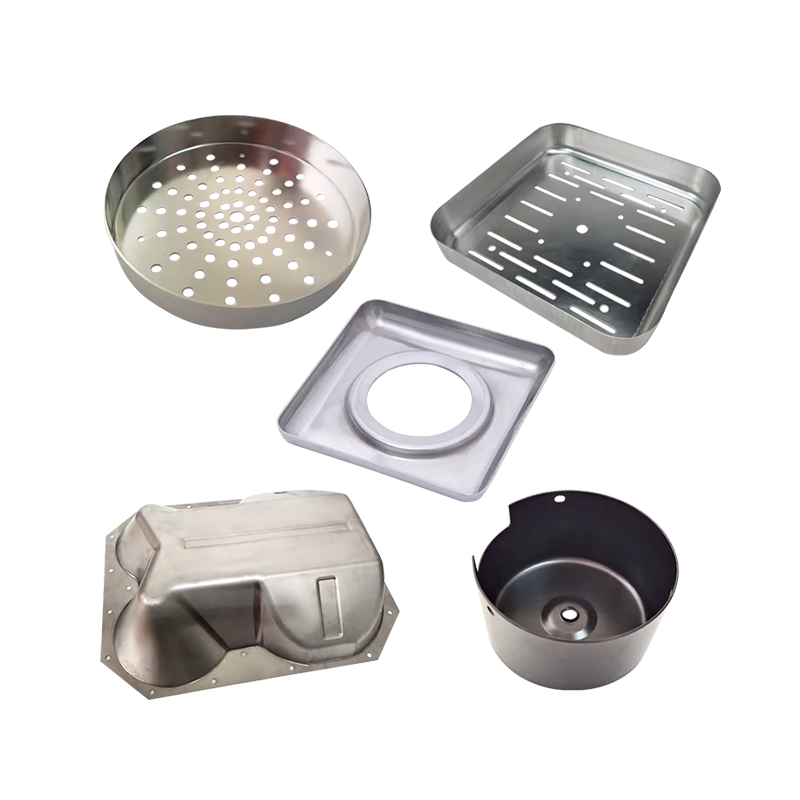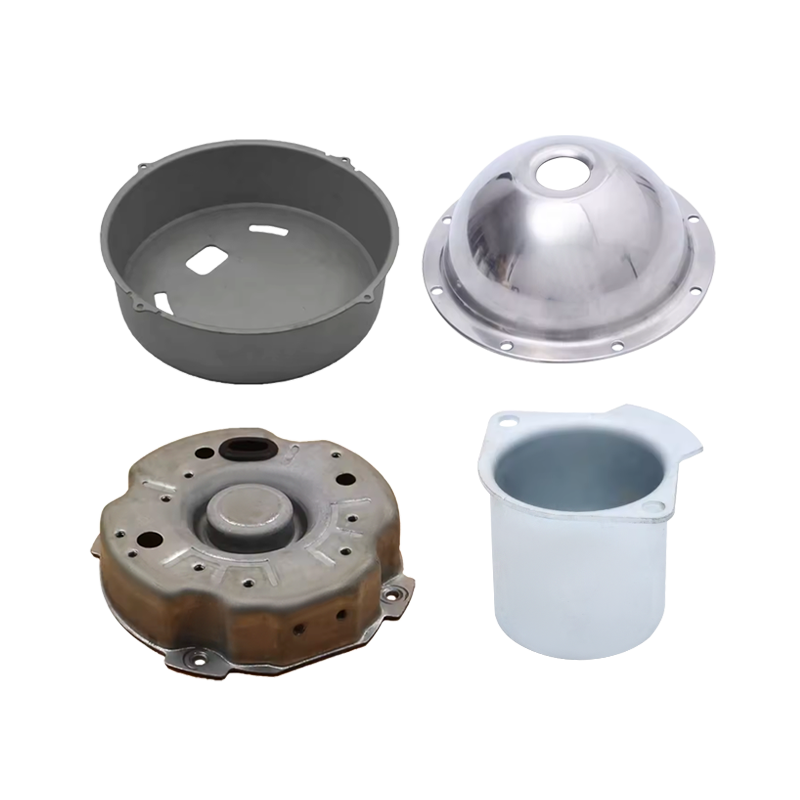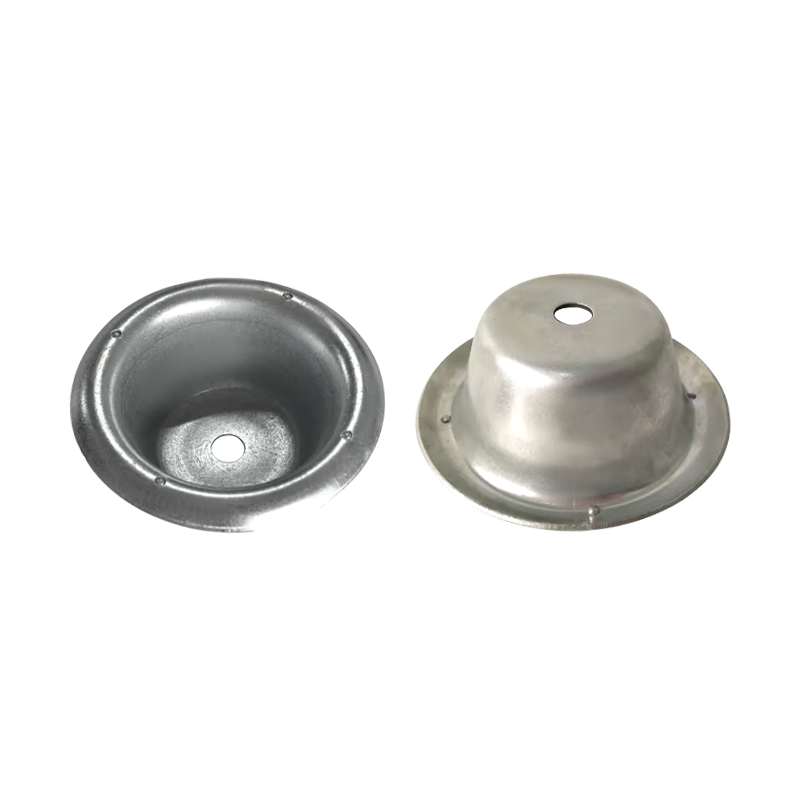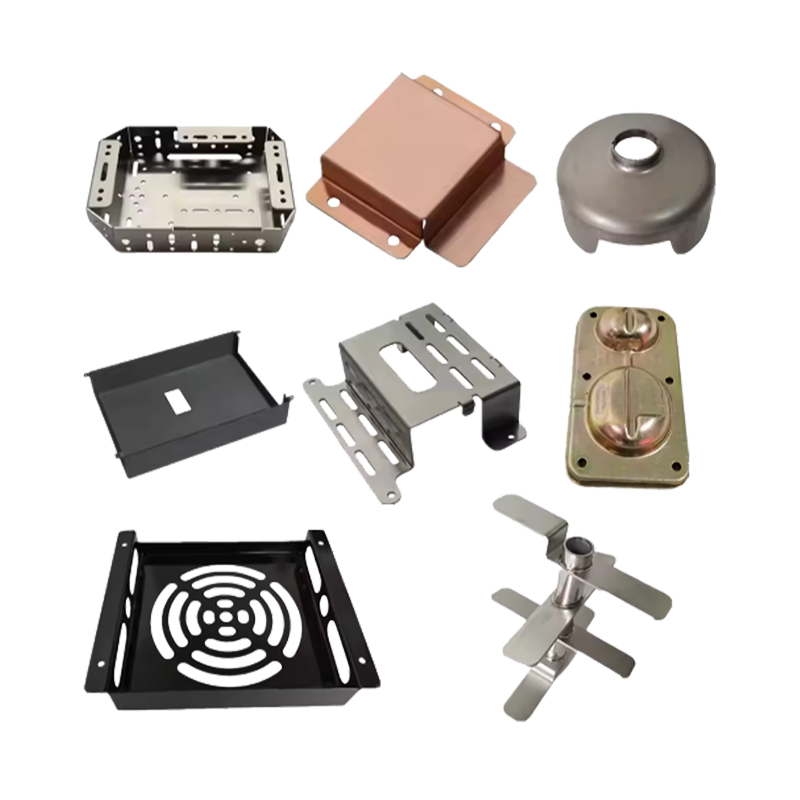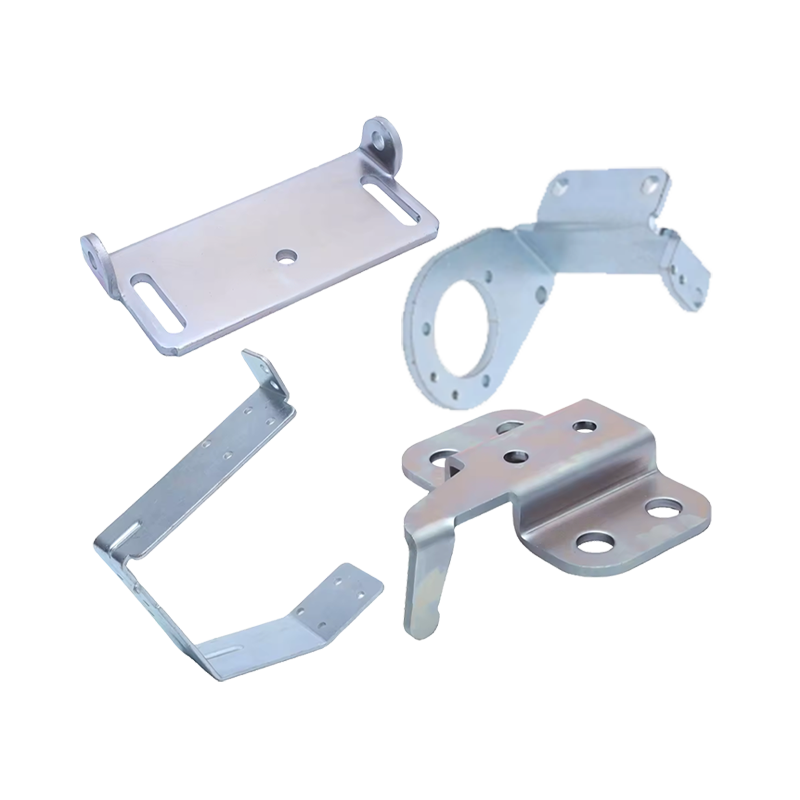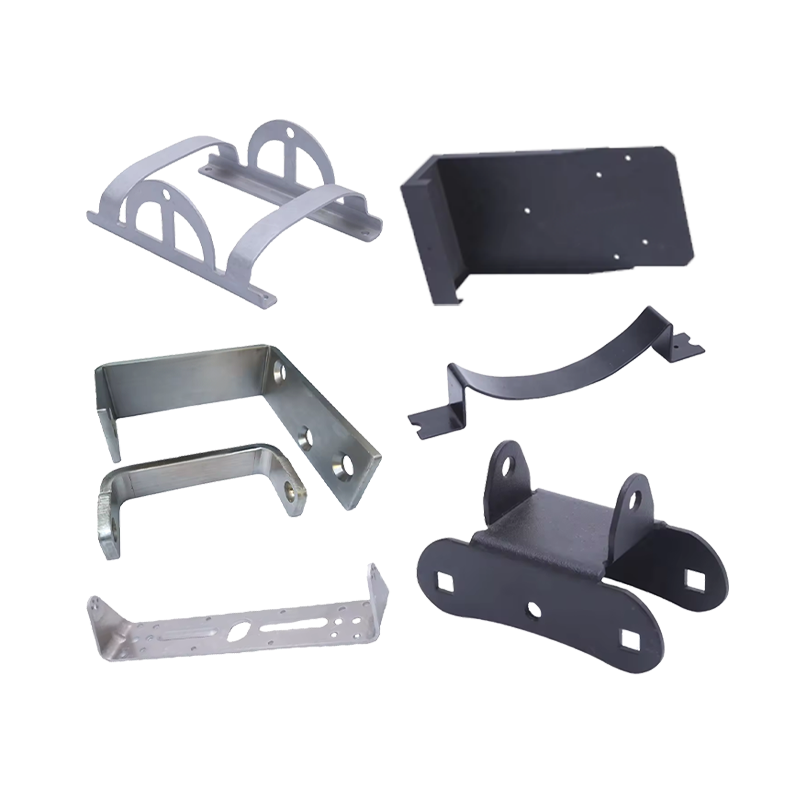Web Menu
Product Search
Exit Menu
News categories
RECENT POSTS
-
What to do if burrs appear on metal stamping parts? How to avoid them?
Dec 09,2025 -
What are Metal Bending and Drawing Parts?
Dec 02,2025 -
Precision Deep Drawing & Metal Stamping Solutions | High-Volume Manufacturing Expertise
Dec 01,2025 -
Which Round Stainless Steel RV Small Cooker Sink With Glass Saves Space? Exploring Space-Efficient Solutions for Mobile Living
Nov 28,2025 -
When Selecting Metal Prts, How to Quickly Match the Mechanical Properties with Actual Application Scenarios?
Nov 21,2025
A complete analysis of metal bending parts processing technology: from traditional bending to precision forming
Content
1. Metal Bending Processing Technology and Classification
The processing technology of metal bending parts constitutes one of the largest and most complex process systems in modern manufacturing. It can be classified in various ways and can be divided according to multiple dimensions such as deformation temperature, force application method, tool type, etc. Understanding the structure and connotation of this technical system is the basis for mastering the essence of metal bending manufacturing and the prerequisite for choosing the best process route.
The temperature dimension classification divides the metal bending process into three categories: cold bending, warm bending and hot bending. The cold bending process is carried out at room temperature and is suitable for most metal materials with good ductility, such as low carbon steel, aluminum, copper and its alloys. It has the advantages of low energy consumption, high efficiency and good surface quality, but faces the problem of springback control. Warm bending (200-600℃) is mainly aimed at materials with poor formability at room temperature, such as high-strength steel and magnesium alloys. It reduces the yield strength and the forming load by appropriately raising the temperature, while suppressing springback. Hot bending (>700℃) is used for the bending and forming of difficult-to-deform metals such as titanium alloys, tungsten and molybdenum, or large structural parts, such as the hot bending processing of ship ribs. Its advantage is that the deformation resistance is extremely small, but it faces quality problems such as oxidation and grain coarsening. The temperature selection needs to balance the material properties, part accuracy and production economy.
The classification of force application methods reveals the mechanical nature of different processes. Free bending is the most basic form. Only the bending moment is applied to the plate or profile through the mold. The stress state in the deformation zone is relatively simple, but the accuracy control is difficult. Correction bending adds a finishing process on the basis of free bending, and controls the final shape through the precise constraint of the mold. Typical applications include the bending processing of car door hinges. Three-point bending uses two fixed fulcrums and an intermediate active punch to achieve precise deformation. It is widely used in material performance testing and small-batch precision parts production. Continuous bending covers processes such as roll bending and roll forming. Complex cross-sectional shapes are achieved through multiple progressive deformations. It occupies a dominant position in the manufacturing of long-size parts such as building curtain wall keels and automobile slide rails. Spin bending combines rotational motion and axial feed, and is particularly suitable for the forming of axisymmetric parts, such as the manufacture of rocket fuel tank heads.
The classification of tool systems reflects the development level of process equipment. Traditional bending machines rely on the simple cooperation of upper and lower molds. The mold cost is low but the flexibility is poor, which is suitable for large-scale standardized production. The CNC bending center is equipped with a hydraulic or electric servo system, which controls the movement of the slider and the positioning of the multi-axis back gauge through the CNC program to achieve rapid changeover of complex parts. Dieless forming technologies such as laser-assisted bending and electromagnetic forming achieve deformation through energy fields rather than physical molds, showing unique advantages in prototype development and small-batch production.
The development of the metal bending technology system shows a clear trend of process integration. Various traditional processes with clear boundaries are penetrating each other to form a composite processing solution. For example, laser-assisted bending combines the local softening effect of heat treatment with the precision advantage of cold bending; hydraulic forming and internal high-pressure bending technology blur the boundary between bending and stretching to achieve a more uniform strain distribution. This fusion has promoted the continuous development of metal bending technology towards higher precision, more complex shapes, and better performance, and continuously expanded the possible boundaries of engineering design.
2. Precision forming technology: breaking through the limitations of traditional technology
Precision forming technology represents the most cutting-edge development in the field of metal bending processing. Through innovative energy transfer methods, precise control strategies and interdisciplinary process integration, it breaks through the inherent limitations of traditional bending in terms of geometric complexity, dimensional accuracy and material adaptability. These advanced processes not only meet the stringent requirements for part quality in high-end fields such as aerospace and precision electronics, but also open up new ways for lightweight and functional design of metal structural parts.
Servo electric bending technology has rewritten the process standards for precision bending with its excellent dynamic performance. Compared with traditional hydraulic systems, the structure of servo motors directly driving ball screws eliminates the compressibility and hysteresis of hydraulic oil and achieves unprecedented control accuracy (±0.005mm). Three-dimensional free bending technology breaks the plane deformation limitation of traditional bending and realizes the continuous forming of complex curves in space.
Electromagnetic forming technology (EMF) uses the Lorentz force generated by transient strong magnetic fields (10-50T) to achieve high-speed deformation of metals, which is a typical dieless forming process. This high-energy forming feature brings unique advantages: the inertial effect enhances the fluidity of the material, and the limit bending radius of aluminum alloy is reduced from 3t at room temperature to 0.5t (t is the material thickness); the adiabatic condition suppresses springback, and the angle accuracy is improved by 5-8 times; no physical mold is required, which is suitable for small-batch customized production.
Internal high-pressure bending technology (IHB) combines hydraulic forming with bending technology, and achieves high-precision bending of pipes through the precise coordination of internal fluid pressure (50-400MPa) and axial thrust. Its core technology is pressure-displacement coordinated control: maintaining high pressure on the outside of the bend to suppress wrinkling, while appropriately reducing pressure on the inside of the bend to avoid rupture; axial propulsion compensates for material extension, so that the wall thickness deviation is controlled within ±5%. Compared with traditional mandrel bending, internal high-pressure technology can reduce the bending radius by 30% (to 1.5D, D is the pipe diameter), improve the inner surface quality by 2-3 levels, and no lubrication and subsequent cleaning are required.
The composite bending process solves the limitations of a single process through the synergy of multiple energy forms. In the processing of aluminum alloy body parts, this process reduces the springback from 8° to 0.3°, the surface quality Ra<0.4μm, and the grain size is 50% finer than traditional hot forming. Another innovative direction is ultrasonic assisted bending, which superimposes 20kHz high-frequency vibration (amplitude 10-30μm) on the conventional bending process, reduces the flow stress by 15-25% through the vibration softening effect, and improves the material fluidity, which is particularly suitable for the precision bending of close-packed hexagonal structure metals such as magnesium alloys and titanium alloys.
The breakthrough in precision forming technology is not only reflected in the process itself, but also in the establishment of a full-process quality assurance system. The combination of online laser measurement, force-displacement sensing, thermal imaging and other monitoring methods with digital twin technology realizes real-time feedback control of the forming process. These technological advances have jointly promoted the transformation of metal bending processing from experience-dependent to science-driven, laying a technological foundation for the intelligent upgrading of the manufacturing industry.
Why do RV travelers love stainless steel sinks?
Cast iron automatic drinking fountain: a durable drinking solution designed for cattle and horses
related products
Whether you want to become our partner or need our professional guidance or support in product selections and problem solutions, our experts are always ready to help within 12 hours globally
contact UsPhone:+86 139-5824-9488
FAX :+86 574-86150176
E-mail: [email protected] [email protected]
Address: Unit 2, Building 19, Zhichuangzhizao Park, Chengdong Industrial Zone, Xiangshan, Ningbo,315705, Zhejiang, China

 English
English 中文简体
中文简体 Español
Español